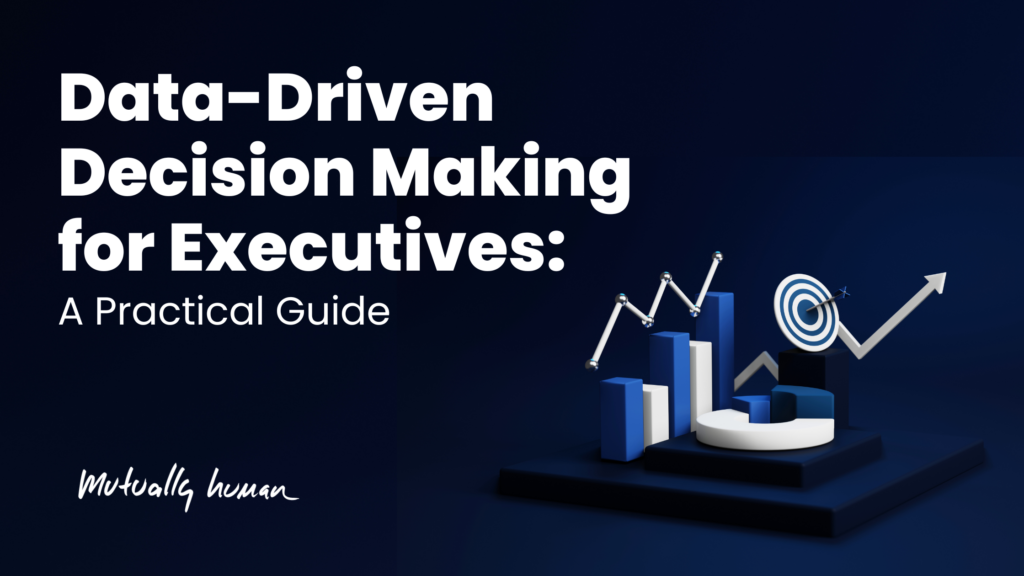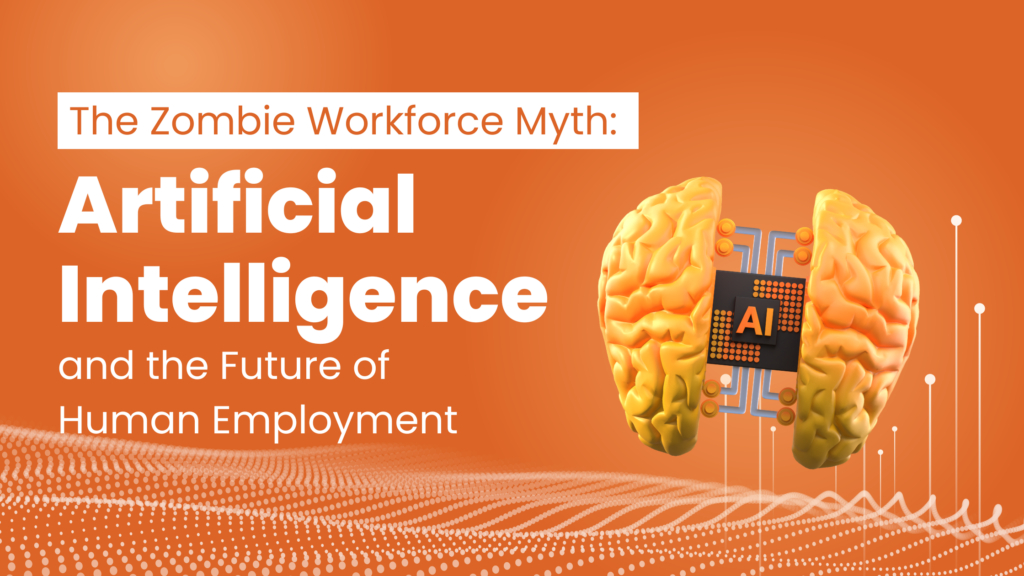Data-Driven Decision-Making for Executives: A Practical Guide

As you’re most likely well aware, Robotic Process Automation is radically changing how business processes are designed, maintained and executed. You’ve probably heard companies are seeing critical processes drastically sped up with perfect accuracy, 24/7 execution, and comprehensive auditing capabilities, and while that all sounds great, how exactly is that happening?
Unveiling the Business Advantages: Harnessing Data Analytics to Mitigate Customer Churn in Membership Models

As you’re most likely well aware, Robotic Process Automation is radically changing how business processes are designed, maintained and executed. You’ve probably heard companies are seeing critical processes drastically sped up with perfect accuracy, 24/7 execution, and comprehensive auditing capabilities, and while that all sounds great, how exactly is that happening?
Improving Business Efficiency with Handwritten Character Recognition

As you’re most likely well aware, Robotic Process Automation is radically changing how business processes are designed, maintained and executed. You’ve probably heard companies are seeing critical processes drastically sped up with perfect accuracy, 24/7 execution, and comprehensive auditing capabilities, and while that all sounds great, how exactly is that happening?
The Role of Custom Software in Digital Transformation Initiatives

As you’re most likely well aware, Robotic Process Automation is radically changing how business processes are designed, maintained and executed. You’ve probably heard companies are seeing critical processes drastically sped up with perfect accuracy, 24/7 execution, and comprehensive auditing capabilities, and while that all sounds great, how exactly is that happening?
The Power of Data Analytics in Image Recognition and Classification

As you’re most likely well aware, Robotic Process Automation is radically changing how business processes are designed, maintained and executed. You’ve probably heard companies are seeing critical processes drastically sped up with perfect accuracy, 24/7 execution, and comprehensive auditing capabilities, and while that all sounds great, how exactly is that happening?
The Zombie Workforce Myth: AI and the Future of Human Employment

As you’re most likely well aware, Robotic Process Automation is radically changing how business processes are designed, maintained and executed. You’ve probably heard companies are seeing critical processes drastically sped up with perfect accuracy, 24/7 execution, and comprehensive auditing capabilities, and while that all sounds great, how exactly is that happening?
The Benefits of Effective Data Visualization and Storytelling

As you’re most likely well aware, Robotic Process Automation is radically changing how business processes are designed, maintained and executed. You’ve probably heard companies are seeing critical processes drastically sped up with perfect accuracy, 24/7 execution, and comprehensive auditing capabilities, and while that all sounds great, how exactly is that happening?
Leveraging the Power of Outsourcing: Benefits of Partnering with a Data Science/ML Vendor

As you’re most likely well aware, Robotic Process Automation is radically changing how business processes are designed, maintained and executed. You’ve probably heard companies are seeing critical processes drastically sped up with perfect accuracy, 24/7 execution, and comprehensive auditing capabilities, and while that all sounds great, how exactly is that happening?
How Custom Software Can Streamline Business Operations

As you’re most likely well aware, Robotic Process Automation is radically changing how business processes are designed, maintained and executed. You’ve probably heard companies are seeing critical processes drastically sped up with perfect accuracy, 24/7 execution, and comprehensive auditing capabilities, and while that all sounds great, how exactly is that happening?
The Benefits of Custom Software Development for Small Businesses

As you’re most likely well aware, Robotic Process Automation is radically changing how business processes are designed, maintained and executed. You’ve probably heard companies are seeing critical processes drastically sped up with perfect accuracy, 24/7 execution, and comprehensive auditing capabilities, and while that all sounds great, how exactly is that happening?
Enhancing Strategic Planning with Business Intelligence

As you’re most likely well aware, Robotic Process Automation is radically changing how business processes are designed, maintained and executed. You’ve probably heard companies are seeing critical processes drastically sped up with perfect accuracy, 24/7 execution, and comprehensive auditing capabilities, and while that all sounds great, how exactly is that happening?
Maximizing Efficiency: Uncovering Inefficiencies within Business Operations

As you’re most likely well aware, Robotic Process Automation is radically changing how business processes are designed, maintained and executed. You’ve probably heard companies are seeing critical processes drastically sped up with perfect accuracy, 24/7 execution, and comprehensive auditing capabilities, and while that all sounds great, how exactly is that happening?




